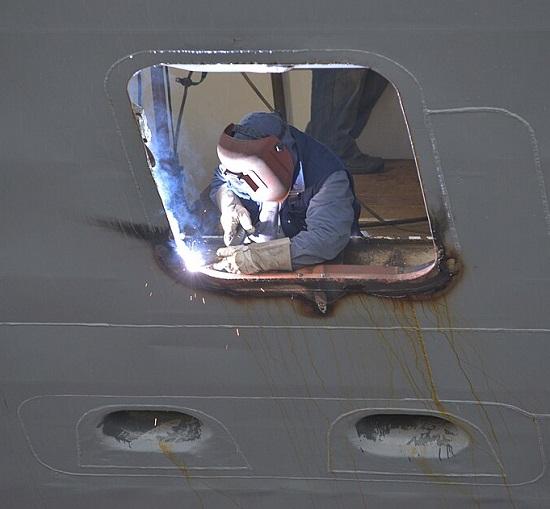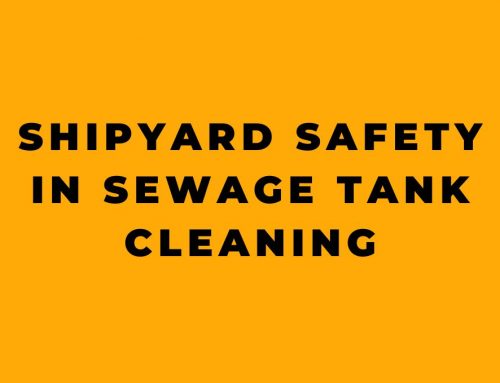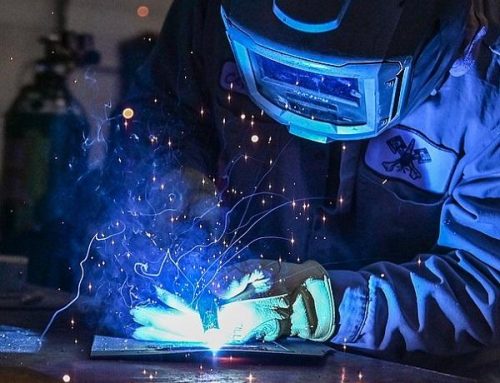Introduction
Welding and cutting operations generate intense electromagnetic energy and heat that can severely damage workers’ eyesight if not properly protected against. This optical radiation hazard is referred to as radiant energy or light radiation. To shield workers from harmful radiant energy, personal protective equipment (PPE) such as safety glasses, goggles, welding helmets, and welding face shields are required. This equipment must have shaded lens filters rated to block the intensity of light radiation from welding activities. The lens shade number indicates how much radiant light transmission is permitted to the eyes. Higher shade numbers equate to darker lens filters that allow less and less optical radiation through.
OSHA Standards for Minimum Protective Shaded Lens
OSHA regulation 29 CFR 1915.153 lays out the mandatory minimum shade numbers for lens filters used during common welding and cutting tasks in shipyards. All protective eyewear and facegear must also satisfy ANSI Z87.1 criteria for occupational and educational eye and face protection. Furthermore, when there is risk of flying sparks and debris striking workers’ eyes and face, side shield protection is necessary in addition to shaded lenses.
Shielded Metal Arc Welding (SMAW)
For shielded metal arc welding (SMAW), minimum shade numbers are based on the amperage and electrode size which influence arc brightness. As outlined in Table 1, low current SMAW under 60 amps requires a shade 7 lens as the OSHA minimum. Medium 100-160 amp welding uses between 3/32”-5/32” (2.4mm-4.0mm) electrodes and needs a minimum shade 10. Higher current SMAW with over 5/32” (4.0mm) electrodes calls for a minimum shade 12. Following ANSI/AWS guidelines, shade 12 or darker is recommended to start, with only as light of shading as necessary to adequately see the weld while maintaining eye safety.
Gas Welding and Oxyfuel Cutting
For gas welding and oxyacetylene cutting in Table 2, minimum shades correspond to the metal thickness and consequently heat intensity produced. Thinner materials below 1/8” (3.2mm) require shades 3-5 while heavy sections over 1/2” (12.7mm) need shades 6-8 for gas welding. Lighter oxyfuel cutting uses a minimum shade 3-4 versus heavier duty cutting requiring shade 5-6. Again, slightly darker shades enhance protection.
Other Welding and Cutting Tasks
A range of other common welding and cutting methods have specific shade recommendations as well outlined in Table 3. Gas metal arc welding (GMAW), flux cored arc welding (FCAW), gas tungsten arc welding (GTAW), air carbon arc cutting (CAC-A), and plasma arc welding (PAW) all have light, medium, and heavy duty shade numbers matched to amperages. Carbon arc gouging stipulates a shade 14. Extra protection against flying sparks should be used with lateral sideshields. Lighter filter shades are permissible if arc glare is completely hidden.
Combined Eye and Face Protection
Workers using lift-front welding helmets with inside mounted shaded lenses can slightly reduce the outer helmet filter to achieve the same protection as wearing separate shaded glasses and a darker helmet lens. But the total shade value must still meet OSHA minimums. Welding helmets require impact resistant lenses and filtering plates to protect from splatter burns. Some gas welding/cutting procedures also benefit from spectacles blocking yellow-light emissions. Proper selection, use, maintenance procedures per ANSI Z87.1 apply for faceshields, spectacles, and goggles shielding both eyes.
Conclusion
In summary, adhering to OSHA regulation 29 CFR 1915.153 and ANSI/AWS eye safety guidelines prevents radiant energy and impact hazards from causing eye damage during hot work in shipyard facilities. Matching shaded lens filters to welding/cutting amperages and material thicknesses enables optimizing the balance of hazard protection versus task visibility. Lastly, sideshield glasses should supplement faceshields whenever sparks, slag, or wires threaten eyes. By following best practices for properly rated and well-maintained PPE, shipyard employers can effectively safeguard workers’ vision from optical radiation and flying debris risks inherent to welding and cutting job functions.










